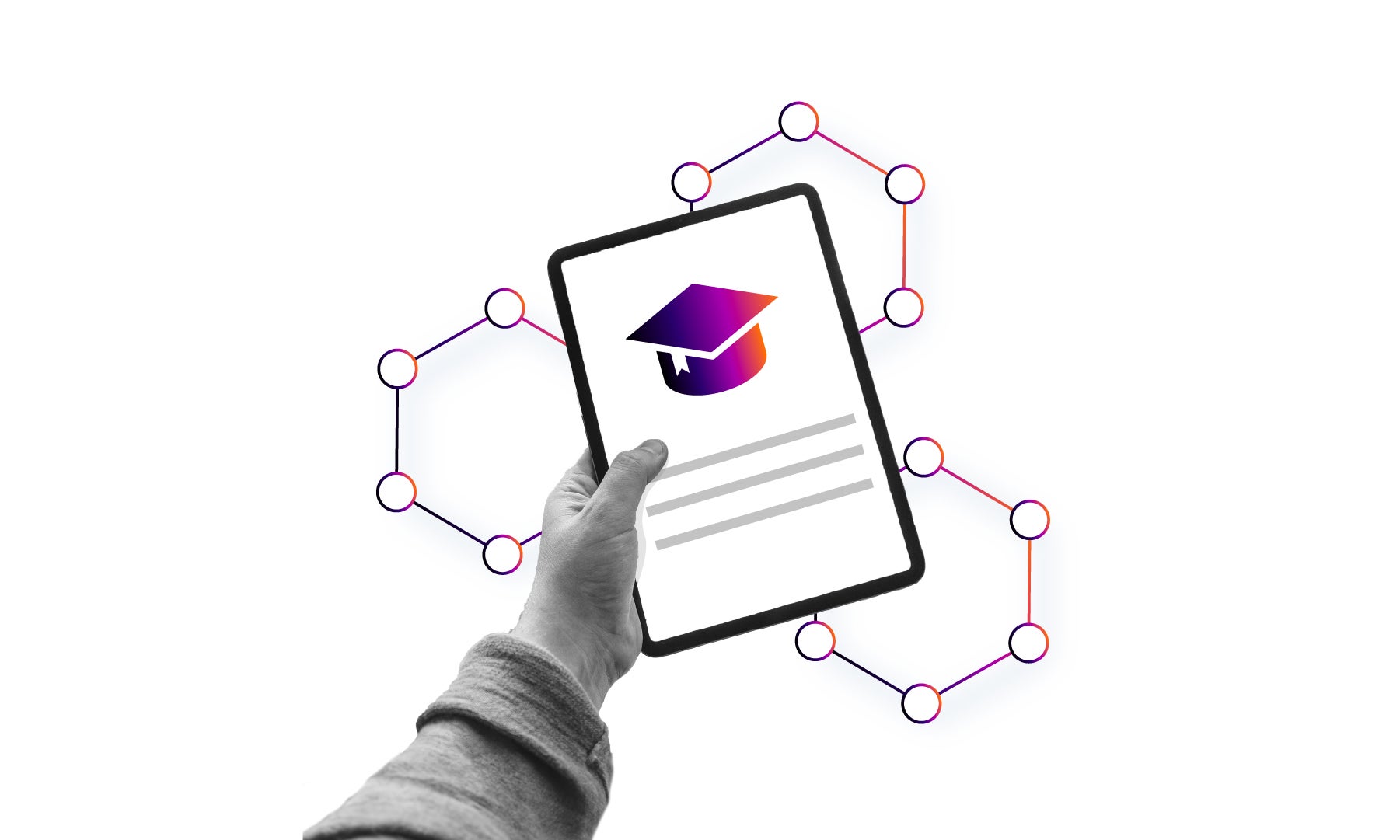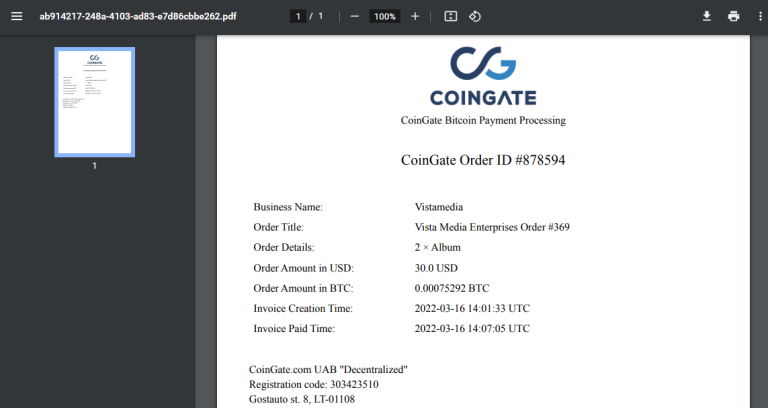
Higher education is undergoing a rapid digital transformation driven by the integration of educational technology (ed tech). These advancements are reshaping teaching and learning, enhancing institutional efficiency and improving student outcomes and engagement.
However, the adoption of these technologies isn’t without challenges. Balancing innovation with privacy, security and ethical considerations is important (and always will be!). For instance, while Artificial intelligence (AI) can help with mundane administrative tasks, it also raises concerns about data privacy.
As we examine the newest ed tech trends, we’ll explore their advantages and possible disadvantages and give you some advice on how to navigate this changing environment effectively. Remember, change can be daunting, but it brings innovations and possibilities we could have never imagined.
The Top Ed Tech Trends
-
AI Streamlining Administrative Tasks
AI is revolutionizing administrative tasks in higher education, automating routine processes like scheduling, student inquiries and data management. For example, Georgia State University implemented an AI chatbot named “PolsPounce” to answer routine student questions, resulting in higher average grades and increased student retention rates. This is just the beginning of how AI can transform the administrative landscape of higher education, offering hope for a more efficient and student-focused future.
As you can see, incorporating AI in administration has huge benefits. These include increased efficiency, accuracy and significant time savings for staff, allowing them to focus on more complex and value-added activities. However, there are potential drawbacks, such as data privacy concerns and the need to continuously monitor and update AI systems to ensure they remain effective and relevant.
The advances in AI make us wonder how much is too much automation. Will AI eventually replace human educators? We’ll leave you to think about that.
-
Predictive Analysis
Predictive analysis uses data, statistical algorithms and machine learning (ML) techniques to identify the likelihood of future outcomes based on historical data. This can help educators identify students at risk of failing in higher education, allowing for timely interventions.
For instance, a recent study from the University of Nebraska-Lincoln shows how AI can significantly enhance student success in STEM courses. The researchers found that AI-driven interventions, such as emailed progress updates, helped keep undergraduates on track. This initiative led to development of a smartphone app designed to provide personalized support and early intervention, ultimately boosting retention and graduation rates. This is a promising sign for students, indicating that technology is being harnessed to ensure their academic success.
Retention rates in undergraduate STEM majors have historically been low, with graduation rates about 20% lower than those in non-STEM majors. To address this issue, researchers Mohammad Hasan and Bilal Khan trained an AI model using data from homework, test scores and final grades of 537 students. The model was tested on 65 undergraduates, with a significant portion receiving automated emails predicting their success. The results were promising: 91% of the students who received these emails passed their course, compared to 73% of those who did not.
Encouraged by these findings, Hasan secured a $600,000 grant from the National Science Foundation to develop the app Messages From a Future You. This aims to become a support system by predicting academic outcomes and offering targeted interventions based on students’ engagement, motivation and other personal factors. The app will include features like mindfulness activities, peer collaboration and personalized advice, enhancing student experience and success in STEM fields.
However, predictive analytics’ effectiveness depends on the quality of data and the accuracy of the predictive models, which can sometimes be challenging to maintain.
-
Hybrid Learning
Since the COVID-19 pandemic, we have seen a shift in learning. Hybrid learning models, which combine in-person and online instruction, have become increasingly popular. These models offer flexibility and accessibility, accommodating different learning styles and needs.
During the pandemic, many universities were forced to adopt online learning to continue classes. Online learning can take various forms, including one-on-one tutoring, group sessions, and large lectures. It can be synchronous—where students and instructors interact in real time —or asynchronous, where students access materials and complete assignments at their own pace.
Researchers at the University of Central Florida discovered that the blended learning model achieved similar or even better learning outcomes than face-to-face instruction. This model also helped reduce dropout rates when compared to fully online students. Also, having multiple ways to learn increases accessibility – meaning people with disabilities aren’t excluded from higher education.
But, keep in mind that hybrid learning requires sturdy technological infrastructure and training for educators to manage both online and in-person components effectively.
-
Personalized Learning
Personalized learning uses AI and machine learning to tailor educational experiences to individual student needs. These systems analyze data to identify students’ strengths and weaknesses, providing customized learning paths.
At the University of Michigan, the ECoach system uses personalized messages to help students succeed. Personalized learning can improve student engagement and outcomes by addressing individual learning styles and paces.
Be aware that implementing personalized learning systems requires significant investment in technology and training. There is a risk of over-reliance on technology, potentially reducing the role of human educators.
-
Immersive Learning
Immersive learning involves using technologies like virtual reality (VR), augmented reality (AR) and mixed reality (MR) to create engaging, hands-on learning experiences.
Imperial College London, for instance, uses mixed reality to simulate emergency medical situations, allowing students to practice in a safe, controlled environment. These technologies can enhance learning by providing realistic simulations and interactive experiences of scenarios they otherwise may not encounter until after graduating.
However, the high cost of VR and AR equipment and the need for specialized skills to create and manage these experiences can be barriers to widespread adoption.
-
Cloud-Based Learning
Cloud-based learning systems provide access to educational resources anytime, anywhere, making learning more flexible and accessible. This model particularly benefits students with chronic health conditions or those who cannot quickly attend campus classes. Institutions like Arizona State University have successfully implemented cloud-based learning platforms, increasing flexibility, scalability and cost savings.
Another example is Oregon State University, which has prioritized expanding its Ecampus online learning program, attracting students from all over the United States and around the world. As a result, it is the only public university in Oregon to see enrollment growth every year since 2020.
It’s important to remember that reliance on cloud-based systems requires great cybersecurity measures to protect sensitive data and ensure compliance with regulations.
-
Microlearning
Whether we love it or hate it, the rise of social media, especially platforms like TikTok, has popularized microlearning by delivering content in small, manageable chunks, often through short-form video content.
Many universities are now creating microlearning modules to supplement traditional coursework. Microlearning can be highly effective for quick knowledge acquisition and retention.
However, while effective for applied knowledge and repetitive learning needs, microlearning remains limited without additional delivery methods. It often supplements rather than replaces traditional training, necessitating careful management to avoid fragmented learning experiences. Effective microlearning requires clear objectives, attention management and integration with other learning approaches for optimal outcomes.
Embracing Ed Tech With Pantheon
Using ed tech enhances student learning and simplifies tasks for staff members. However, the efficacy of these changes hinges on a secure and reliable platform. Pantheon is great for this, particularly for universities and colleges with diverse departments and user bases.
Our governance and workflow tools allow each department to operate independently while creating institutional cohesion. With security top of mind, we offer round-the-clock measures to protect sensitive data, ensuring compliance with stringent regulations and bolstering trust among students and staff.
Pantheon helps universities launch and update websites quickly, improving user experience. It has version control and different environments for development, testing, and live sites, making collaboration easy and efficient in managing multiple websites.
But don’t just take our word for it.
Pantheon in Action: Harvard University
Pantheon played a huge role in re-envisioning Harvard University’s homepage, creating a reliable, stable and secure backbone for the site.
Harvard’s Public Affairs and Communications team, alongside creative design agency Modern Tribe, faced the monumental task of redesigning the homepage to be engaging and appealing to thousands of unique visitors. The goal was to cater to future students, current students, alumni, faculty and researchers across 12 schools while retaining the prestigious Harvard brand.
The redesign resulted in a living homepage showing compelling stories, deep insights and rich, interactive media that is ever-changing and always inspiring. This new approach required WebOps principles to optimize both form and function. Pantheon provided the essential foundation with its stable and secure platform, enabling Harvard to maintain seamless updates and dynamic content.
Pantheon’s infrastructure allowed the homepage to support constant updates without sacrificing performance or security. This ensured that the site remained intuitive for content creators and engaging for users. By using our platform, Harvard could confidently showcase its brand and deliver a cutting-edge digital experience to its diverse audience!
Explore Where Ed Tech Can Take Your Institution
Adopting ed tech trends can revolutionize higher education by improving student outcomes, increasing operational efficiency and enhancing student engagement. By keeping up with new technologies institutions also become more appealing, allowing them to attract and retain the best students and staff.
Ed tech allows institutions to tailor their approach to meet specific needs – whether by making learning more accessible through online platforms or streamlining administrative workflows with AI. Prioritizing these areas ensures that the most critical aspects of the institution benefit first.
Whenever embracing change, it’s important to have a thorough change management plan to ensure the technology has the desired effect. Pantheon is great at hosting portfolios of sites, making it ideal for colleges and universities that typically have numerous departmental sites. It provides a reliable and secure foundation for all digital endeavors.
To explore these possibilities further and understand how to manage this transformation effectively, download our ebook: From Chaos to Governance in Higher Ed.






